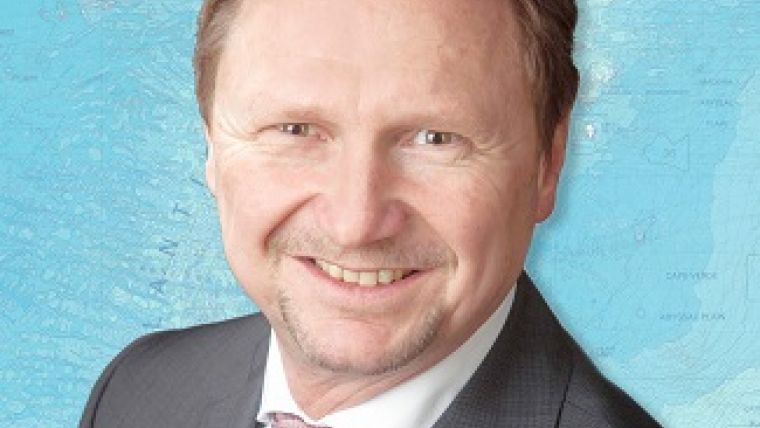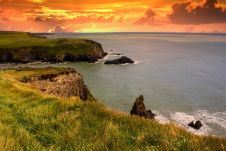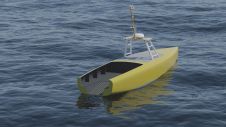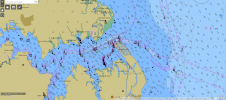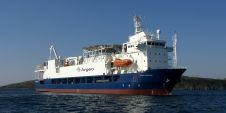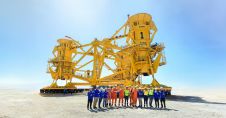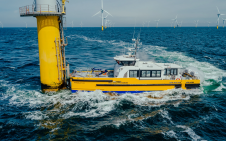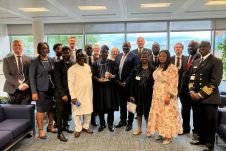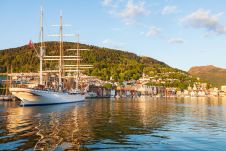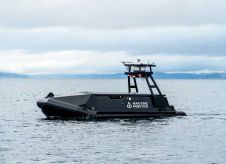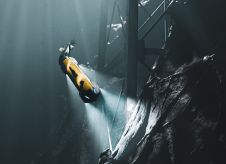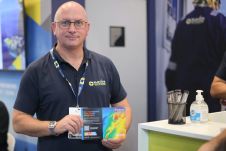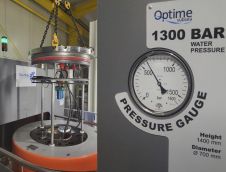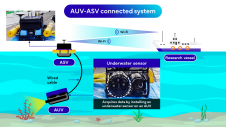Innovations and Partnerships in Ocean Mapping: What More Could We Achieve?
Most people working in hydrography know very well that better ocean data can be used to inform a variety of decisions, from storm preparedness to helping develop the blue economy. But could we do more in terms of fostering innovations or partnerships within our network? Could we do more with our existing partners?
These questions are prompted by a review of some of the work being done within the IHO. We initiated this year for example a trial project with CSIRO in Australia, funded by the Australian Hydrographic Office, to see whether accurate and reliable depth data can be extracted from Argo recordings. Argo is an international programme that collects information on the ocean using a fleet of robotic instruments that drift with the ocean currents and move up and down the water column. During deployment, Argo floats often touch the sea floor and record when this happens. Of the 2.7 million data profiles collected, initial analysis shows that up to 8% of these could be groundings, which could potentially reveal 216,000 new depth measurements from around the world. The trial has already provided new data in the Norwegian Sea and in New Zealand, with an excellent median accuracy of 7 or 8m. Considering there are currently 3,959 Argo floats operating across the globe, this could open the door to valuable new data.
Another innovation recently released by a consortium made up of The Nippon Foundation-GEBCO Seabed 2030 Project and Seatrec could also have an impact: this is a thermally recharging float equipped with an echosounder. This float, which is the first of its kind specifically designed for bathymetry, will be tested to map the area in the ocean near Point Nemo, the point furthest from land. This remote oceanic site is located about 2,688 kilometres from the nearest land – Ducie Island, in the Pitcairn Islands to the north, Motu Nui, one of the Easter Islands, to the north-east and Maher Island, in Antarctica, to the south.
The initial results of our cooperation with Argo look promising, and I sometimes ask myself, why didn’t we think of this sooner?
Argo floats provide information on parameters such as temperature and salinity throughout the water column. This sheds light on the ‘real’ temperature profile of the ocean at different depths, as opposed to just the surface. This information is important for many disciplines, including storm predictions, as storms and hurricanes are powered by heat stored in the ocean; the more heat, the more powerful the storm. This data can enable communities to be better prepared for such events. It would be interesting to see in the coming months if this work could be adapted to the latest generation of Argo floats, known as Deep Argo, which can go to depths of up to 6,000m and are equipped with multiple sensors to track the ocean’s chemistry and plankton ecology.
But what else could we do with this data? How could hydrographic offices participate more actively in such discussions? How could we get more data?
As we all know, we currently only have high-quality maps for about 20% of the ocean. If we want to increase this number, we need to start thinking out of the box and looking at the big picture. In which areas in the seabed mapping data value chain are there gaps? How can we work collectively to address challenges? What innovations in other disciplines could be used by hydrographic offices?
We are going to be looking into the value chain in more detail at the IHO in the coming months, and hope to pinpoint some of the gaps and highlight some opportunities. More to come on this topic…

Value staying current with hydrography?
Stay on the map with our expertly curated newsletters.
We provide educational insights, industry updates, and inspiring stories from the world of hydrography to help you learn, grow, and navigate your field with confidence. Don't miss out - subscribe today and ensure you're always informed, educated, and inspired by the latest in hydrographic technology and research.
Choose your newsletter(s)
